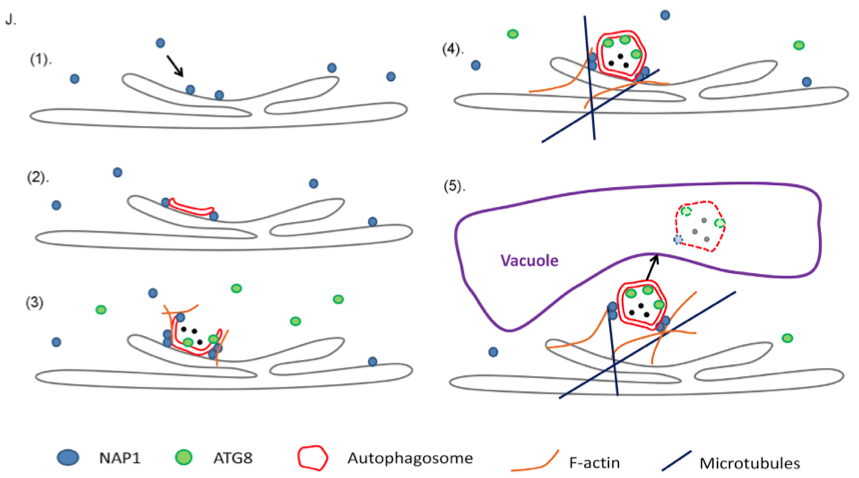This weeks Arabidopsis Roundup contains a wide breadth of UK research. Firstly the lab of Jurriaan Ton undertakes a global analysis into the role of methylation in the immune response. Jurriaan kindly provides a short audio description of this work. Secondly Dame Caroline Dean’s lab further add to our understanding of the vernalisation response in Arabidopsis. Thirdly is work from Rothamstead that evaluates the fatty acid composition of the seed aleurone while fourthly is a study from Durham and Oxford Brookes that introduces a novel regulator of autophagy. Finally is a study that adds clarity to the phenotypic effects resulting from ascorbic acid deficiency.
López Sánchez A, H M Stassen J, Furci L, Smith LM, Ton J (2016) The role of DNA (de)methylation in immune responsiveness of Arabidopsis Plant Journal http://dx.doi.org/10.1111/tpj.13252 Open Access
Jurriaan Ton is the corresponding for study from the University of Sheffield that looks into the role of reversible methylation on the Arabidopsis immune response. Methylation is a well known regulator of gene expression and in this research the authors attempt to interrogate its effect on the immune response. Hypo-methylated mutants are more resistant, whilst hyper-methylated mutants are more suspectible to the biotrophic pathogen Hyaloperonospora arabidopsidis (Hpa). Downstream gene expression changes in these methylation mutants focus at the level of cell-wall modification and salicylic acid (SA)-responses. Oppositely the hypo-methylated mutant nrpe1 is more suspective to the necrotrophic pathogen Plectosphaerella cucumerina whilst the hyper-methylated ros1 mutant is resistant to this organism. The Ton-lab has been involved in the discovery of the exciting phenomon of transgenerational acquired resistance, and both nrpe1 and ros1 fail to develop this response against Hpa. Global gene expression shows that either NRPE1 or ROS1 influence about 50% of the gene expression changes that occur following Hpa infection. Finally since less than 15% of genes with altered gene expression reside close to NRPE1 or ROS1, the authors are able to propose that much of this regulation is due to methylation effects that act in trans- throughout the genome.
Jurriaan kindly provides a comprehensive description of this work:
Qüesta JI, Song J, Geraldo N, An H, Dean C (2016) Arabidopsis transcriptional repressor VAL1 triggers Polycomb silencing at FLC during vernalization Science. 353(6298):485-8 http://dx.doi.org/10.1126/science.aaf7354
Dame Caroline Dean (John Innes Centre) is the lead author of this manuscript that builds upon the portfolio of work from her lab aimed at characterising the vernalization response. This work again uses the FLOWERING LOCUS C (FLC) gene as a model to study the factors that allow gene-silencing mediated by Polycomb silencing complexes. The authors find that a single intragenic point mutation prevents nucleation of the homeodomain-Polycomb repressive complex 2 (PHD-PRC2) to this region, a process that involves the transcriptional repressor VAL1. In the wildtype FLC locus the localisation of VAL1 promotes transcriptional silencing through histone deacylation through interaction with the conserved apoptosis- and splicing-associated protein (ASAP) complex. This study adds an additional layer of molecular complexity to the process of regulating the FLC locus and provides insight into the important role for primary sequence-specific targeting during gene silencing.
Bryant F, Munoz-Azcarate O, Kelly AA, Beaudoin F, Kurup S, Eastmond PJ (2016) Acyl carrier protein DESATURASE 2 and 3 are responsible for making omega-7 fatty acids in the aleurone Plant Physiology http://dx.doi.org/10.1104/pp.16.00836 Open Access
Peter Eastmond (Rothamstead) leads this work that investigates the components that determine seed fatty acid content. Specifically Omega-7 monounsaturated fatty acids (ω-7s) are enriched in the aleurone of Arabidopsis seeds so this study used a Multiparent Advanced Generation Inter-Cross population to identify a QTL linked to ω-7 content that includes the ACYL-ACYL CARRIER PROTEIN DESATURASE1 (AAD1) and AAD3 genes. AAD family members possess both stearoyl- and palmitoyl-ACP Δ9 desaturase activity and aad3 mutants show a significant reduction in ω-7 content, which is common with mutants in other AAD family members. In addition the authors show that the FATTY ACID ELONGASE1 protein is required for accumulation of long-chain ω-7s in the aleurone. Overall this research provides new insight into the pathway that produces ω-7s in the aleurone, indicating that these genes might represent a target for future strategies to alter seed fatty acid content.
Wang P, Richardson C, Hawes C, Hussey PJ.(2016) Arabidopsis NAP1 Regulates the Formation of Autophagosomes Current Biology http://dx.doi.org/10.1016/j.cub.2016.06.008
This is collaborative effort between the labs of Patrick Hussey (Durham) and Chris Hawes (Oxford Brookes) investigates the role of the NAP1 protein, which is a member of the SCAR/WAVE complex, on the formation of autophagosomes. These organelles are induced by certain stress conditions and fewer are produced in nap1 mutants after starvation stress. This also corresponds to wildtype NAP1 localisation. Concomitantly nap1 mutants, as well as mutants of other members of SCAR/WAVE complex, are more suspectible to nitrogen starvation and is less tolerant to salt stress. The best characterised role of the SCAR/WAVE complex is during ARP2/3-mediated actin nucleation yet this study demonstrates an addition function as a regulatory of autophagy.
Lim B, Smirnoff N, Cobbett CS, Golz JF (2016) Ascorbate-Deficient vtc2 Mutants in Arabidopsis Do Not Exhibit Decreased Growth Front Plant Sci. 7:1025
http://dx.doi.org/10.3389/fpls.2016.01025 Open Access
Nick Smirnoff (Exeter) is a co-author on the Australian-led research into Arabidopsis vtc mutants, which have a significant reduction in ascorbate-acid levels. Ascorbate is synthesized via the L-galactose pathway, the first enzyme of which is encoded by the paralogs VITAMIN C2 (VTC2) and VTC5. This study characterises the growth of a vtc2 T-DNA mutant that has a 30% reduction in ascorbate levels. Surprisingly this does not result in any signficant phenotypic and they suggest that a previously characterised growth reduction in other vtc2 mutant alleles is likely due to unknown genetic lesions.
Podcast: Play in new window | Download


